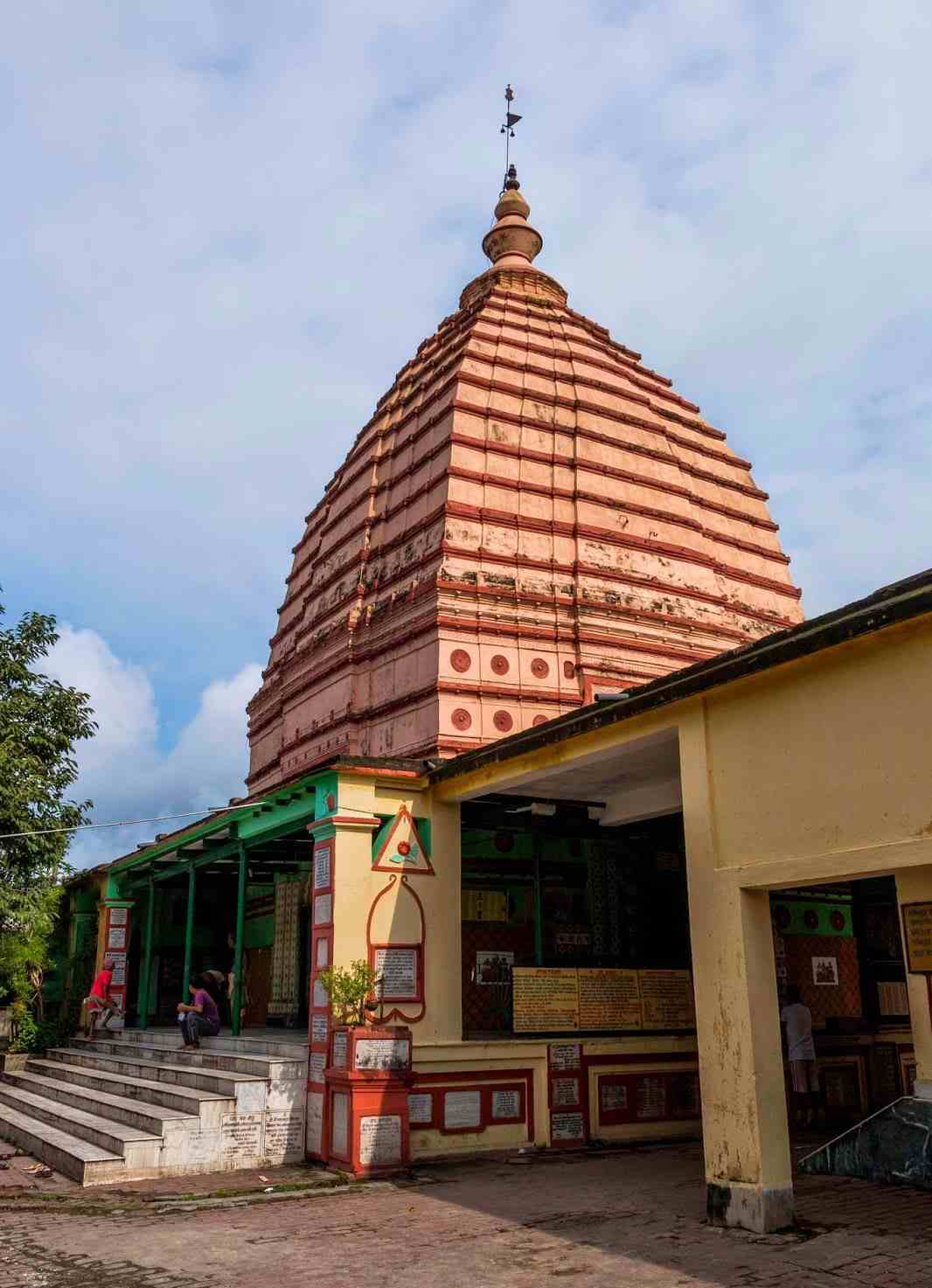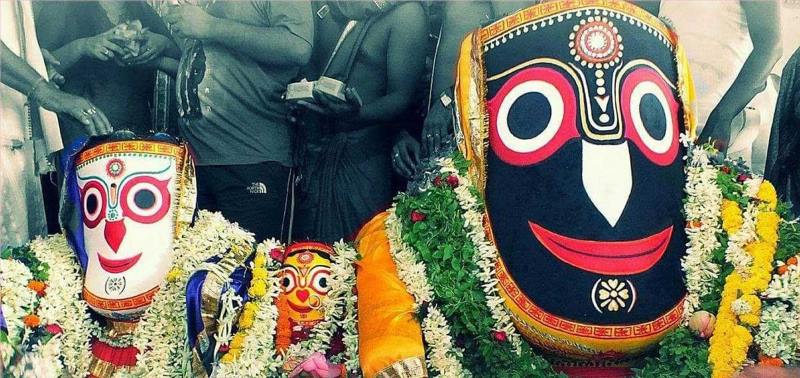After Odisha’s Puri, where the festival worshipping Lord Jagannath is celebrated for over 800 years, the second oldest Rath Yatra in India takes place in Mahesh, in Serampore, Hooghly district of West Bengal. The magnificent Mahesh Temple on the GT Road still bears witness to 629 years of history. Mahesh Jagannath temple is the second oldest Jagannath temple in the world, which was established on 1396 AD.
Lord Jagannath has been worshipped in Mahesh for more than six centuries, where a temple was later established. The Rath Yatra (chariot festival) at Mahesh is said to have originated with one of Sri Chaitanya’s early disciples, Kamalakar Pippalai, who later became the head priest.
Lord Jagannath visited Mahesh to eat Mihidana and paid with his armlet
According to a popular folklore, Lord Jagannath visited Mahesh to taste the famous mihidana, a traditional Bengali sweet, originating from the Bardhaman district of West Bengal. After enjoying the sweet, Lord Jagannath couldn’t pay for it and had to pawn his armlet. When the pandas in Puri discovered the missing armlet, Lord Jagannath revealed the story, and a team was sent to Mahesh to retrieve his armlet.

Mahesh Jagannath idol was created on request of Lord Jagannath himself!
Dhruvananda Brahmachari was a Bengali sage and devotee of Lord Jagannath who lived in the 14th century. Legend has it that the monk went to the temple of Puri for darshan of Lord Jagannath. It is believed that he had travelled to Puri to offer the bhog (food offered to the deity) which he had personally cooked to Lord Jagannath, Baladeva, and Subhadra. However, Dhruvananda Brahmachari was insulted and thrown out by temple staff.
He returned with a heavy heart and started a fast until death. On day, Brahmachari heard the Lord’s voice in his dream, “Dhruvananda, go back to Bengal. At the bank of Bhagirathi, you will find a place called Mahesh. There I shall send you a huge Daru-Brahma (Neem trunk). Make Balarama, Subhadra and my idol with this trunk. I am eager to have ‘Bhog’ from your hand.”
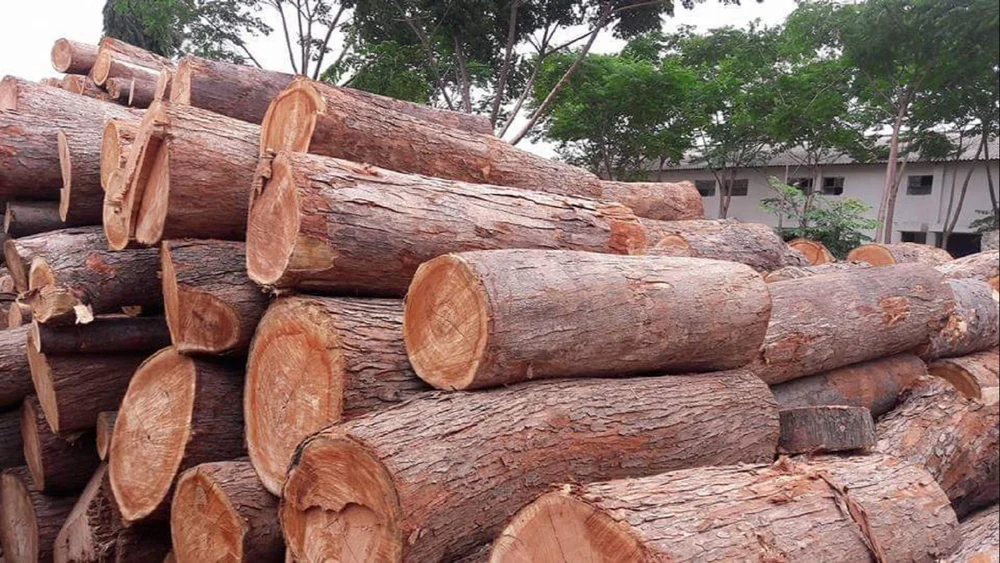
Following this dream, the sage returned to Mahesh and started his Sadhana. After a few months, on a stormy rainy night, the Daru-Brahma appeared, floating down the river. Dhruvananda jumped into the water and retrieved the log and made the Idols of the Holy Trinity and established a small Temple.
With the time age caught up Dhruvananda and he found it increasingly difficult to take care of the deities nicely. To relieve him of his anxiety, Lord Jagannatha appeared in his dream again and instructed him to hand over the duties of deity worship to a devotee person when the time comes.
After a few days, Sri Chaitanya’s devotee Kamalakara Pippalai came to meet Dhruvananda, who following the Lord’s orders, handed over the responsibility of the deities to Sri Kamalakara and breathed his last. After that Kamalakar Pippalai began worshipping the deities of Lord Jagannatha, Baladeva and Subhadra maharani at Mahesh.
Rath Yatra celebration in Mahesh, Serampore
On the occasion of Rath Yatra (June 27, 2025), devotees from far and wide gather in the temple premises. After bathing ritual of Lord Jagannath on Snan Yatra (which was performed on June 11 this year) followed by a period of rest, it is believed that he regains his youth on Navjouban Utsav. The doors of the sanctum sanctorum which are shut after Snan Yatra reopen on Navjouban Utsav two days before Rath Yatra.
On Rath Yatra day, Mahesh Jagannath temple is crowded with worshippers from morning. The chariot procession begins exactly 4 pm.
In Mahesh’s Rath Yatra, Lord Jagannath resides at the top of the chariot. He dresses up in ‘Rajavesh’ like a king with gold jewellery and goes to his aunt’s house accompanied by his siblings Lord Balabhadra and Devi Subhadra.
Piyal Adhikari, staff at Jagannath temple in Mahesh, said, “On Rath Yatra, as per the traditional custom, Lord Jagannath is wrapped in a cloth and lifted onto the fourth floor of the chariot with a rope. After the aarti, the rope of the chariot is pulled.”
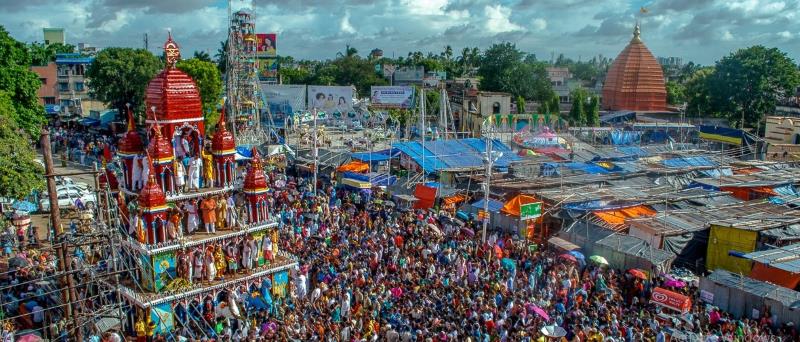
Chariots at Mahesh Rath Yatra
Lord Jagannath has been worshipped in Mahesh for more than six centuries. Earlier, wooden chariots were used here. But later, iron chariots made by the Martin Burn Company were used for the Rath Yatra in this temple.Martin Burn Limited is a real estate development company based in Kolkata, India. It was formed in 1946 by merging two older companies, Martin & Co. and Burn & Co. The company has been involved in developing iconic landmarks in Kolkata, including the Victoria Memorial, Shahid Minar, General Post Office (GPO) and Esplanade Mansion.
The current chariot in Mahesh is about 139 years old. Mahesh’s chariot is 50 feet high and has 9 peaks. In addition, the chariot has 12 iron wheels and is pulled by a 200-yard Manila rope. Currently, the chariot is maintained by the Basu family of Shyambazar, Kolkata. Although wooden chariots were initially made several times, iron chariots were made to avoid being destroyed in fires.
The specialty of this chariot is that it has no brakes. A large 50-foot wooden beam is used as a brake.
Mahesh temple was visited by Sri Chaitanya Mahaprabhu and Sri Ramakrishna
Mahesh temple has been visited by the likes of Sri Chaitanya Mahaprabhu and Sri Ramakrishna Paramhansa.
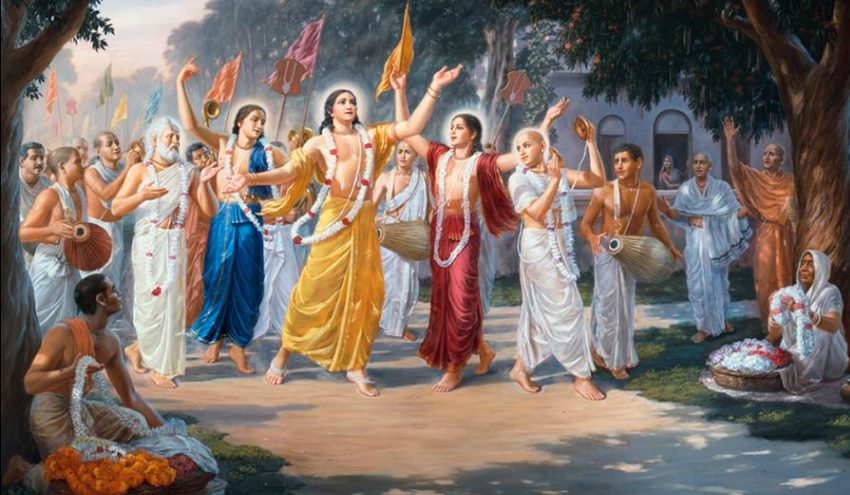
Sri Chaitanya Mahaprabhu was on his way to Puri after taking sanyas when he visited the temple in Mahesh, where he went into a deep meditative state. He also named Mahesh as “Naba Nilachal,” meaning “new Puri”. Furthermore, he appointed his disciple, Kamalakar Pippalai, as the head priest of the temple.
Sri Ramakrishna also visited the Mahesh temple, specifically during the Rath Yatra, accompanied by his wife Sarada Devi and famous dramatist Girish Chandra Ghosh.
19th century Bengali novelist Bankim Chandra Chattopadhyay who composed “Vande Mataram”, visited the Mahesh temple in Serampore, and his experiences there inspired his popular novel “Radharani”.
